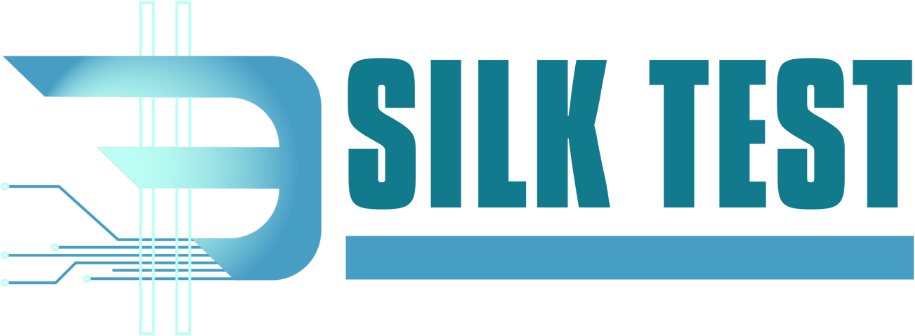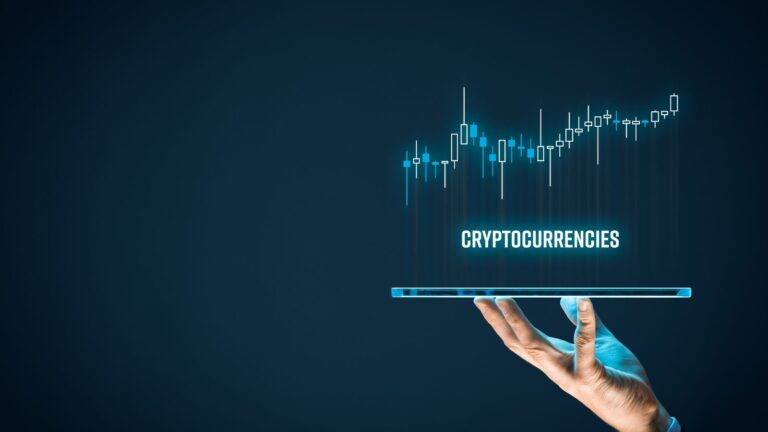A company’s brand is one of its most valuable assets. It represents the culmination of its reputation, customer trust, and market position. In the digital age, however, this asset is more vulnerable than ever. Threats are no longer limited to physical counterfeit goods; they now extend to a vast online ecosystem where bad actors can impersonate a brand with alarming ease. From fraudulent websites and fake social media profiles to phishing scams and unauthorized use of logos, the risks are diverse and persistent. Protecting a brand requires more than just a strong legal team; it demands a proactive, technology-driven strategy designed to monitor, detect, and neutralize these digital threats before they can inflict significant damage on a company’s revenue and reputation.
The consequences of inaction can be severe. A single successful phishing campaign using a company’s branding can erode years of customer trust. Fake e-commerce sites can divert revenue while delivering shoddy products, permanently souring a consumer’s perception of the real brand. According to industry data, brand impersonation attacks have seen a dramatic rise, with financial losses from such scams reaching billions of dollars annually. This digital landscape necessitates a shift from a reactive to a proactive defense. A comprehensive brand protection strategy is no longer a luxury for large enterprises but a fundamental requirement for any business with an online presence. It involves a coordinated effort across legal, marketing, and cybersecurity teams to safeguard the integrity of the brand across all digital channels.
The Modern Landscape of Brand Abuse
The internet has created a borderless marketplace, not just for legitimate commerce but for brand exploitation as well. Understanding the primary vectors of attack is the first step in formulating an effective defense. One of the most common threats is domain-based impersonation. This includes typosquatting, where attackers register domain names that are slight misspellings of a legitimate brand, and cybersquatting, where they register the exact brand name with a different top-level domain (e.g., .net instead of .com). These domains are often used to host phishing sites, distribute malware, or sell counterfeit products. The sheer volume of new domain registrations makes manual tracking an impossible task, allowing these threats to fly under the radar.
Beyond domain spoofing, social media platforms have become a hotbed for brand impersonation. Scammers create fake profiles that mimic a brand’s official account, using them to run fraudulent promotions, spread misinformation, or engage in phishing attempts directly with customers. These fake accounts can accumulate thousands of followers before they are detected, causing widespread confusion and reputational harm. Similarly, online marketplaces are rife with counterfeit goods and unauthorized sellers who misuse brand logos and product imagery to deceive consumers. These activities not only result in lost sales but also dilute brand equity and can lead to negative reviews from customers who unknowingly purchase inferior products. The ease with which digital assets can be copied and redeployed means that a brand’s identity can be fragmented and abused across countless platforms simultaneously.
Core Components of an Effective Strategy
A robust brand protection strategy is multifaceted, integrating technology, process, and human expertise. The foundational element is continuous and comprehensive monitoring of the digital ecosystem. This involves scanning for infringements across a wide range of channels, including domain registries, websites, social media, mobile app stores, and online marketplaces. The goal is to gain external visibility into how a brand is being represented—or misrepresented—outside of its official channels. Without this visibility, a company is essentially blind to emerging threats until a customer reports a problem, by which time significant damage may have already been done.
Detection is the next critical component. Once potential infringements are identified, they must be analyzed and verified. This is where the scale of the problem becomes apparent. Manually sifting through thousands of potential alerts is not feasible for most organizations. This is where advanced tools become indispensable. For instance, many companies leverage brand protection software to automate the detection process. These platforms use machine learning algorithms and image recognition to identify unauthorized uses of logos, brand names, and other intellectual property with a high degree of accuracy. They can distinguish between legitimate uses, such as by news outlets or partners, and malicious impersonation, allowing teams to focus their efforts on the most critical threats.
The Role of Automation in Brand Enforcement
Once a threat has been detected and verified, the next step is enforcement. This process involves taking action to have the infringing content removed. Traditionally, this has been a manual, labor-intensive process, involving sending takedown notices to domain registrars, web hosting providers, and social media platforms. The effectiveness of this approach is often limited by the sheer volume of infringements and the varying response times of third-party service providers. An organization might successfully take down one fake site only to see two more pop up in its place.
 This is another area where modern solutions have transformed the landscape. Automated enforcement capabilities are a key feature of many platforms designed for digital risk protection. A sophisticated brand protection software solution can streamline the takedown process by automatically generating and submitting abuse complaints based on predefined rules. These systems can manage the entire lifecycle of a takedown request, from initial submission to tracking its status and escalating if necessary. This level of automation not only accelerates the removal of malicious content but also frees up legal and security teams to focus on more complex strategic issues. The ability to act at scale is crucial; reducing the lifespan of a fraudulent site from weeks to hours can significantly limit its financial and reputational impact.
This is another area where modern solutions have transformed the landscape. Automated enforcement capabilities are a key feature of many platforms designed for digital risk protection. A sophisticated brand protection software solution can streamline the takedown process by automatically generating and submitting abuse complaints based on predefined rules. These systems can manage the entire lifecycle of a takedown request, from initial submission to tracking its status and escalating if necessary. This level of automation not only accelerates the removal of malicious content but also frees up legal and security teams to focus on more complex strategic issues. The ability to act at scale is crucial; reducing the lifespan of a fraudulent site from weeks to hours can significantly limit its financial and reputational impact.
Integrating Technology with Human Oversight
While technology is a powerful enabler, it does not replace the need for human expertise. An effective strategy combines automated monitoring and enforcement with skilled human analysis. Analysts play a key role in validating high-priority alerts, investigating complex impersonation campaigns, and identifying patterns that may indicate a coordinated attack. For example, an analyst might notice that multiple fake domains are registered with the same contact information or hosted on the same server, providing valuable intelligence that can be used to disrupt the attacker’s broader infrastructure. This combination of machine speed and human insight creates a more resilient and effective defense.
Furthermore, a comprehensive strategy extends beyond technology to include clear internal processes and cross-functional collaboration. The legal team must be prepared to handle trademark disputes, marketing needs to educate customers about common scams, and the IT security team needs to be aware of external threats that could be used as a gateway for attacks on internal systems. Many organizations find that using a centralized brand protection software platform helps facilitate this collaboration by providing a single source of truth for all brand-related threats. This ensures that all stakeholders are working with the same data and have a clear view of the threat landscape and the status of remediation efforts. Ultimately, building a strong defensive posture requires a holistic approach.
Measuring Success and Demonstrating Value
To justify the investment in a brand protection program, it is essential to track key metrics and demonstrate a clear return on investment. The value of such a program can be measured in several ways. One of the most direct metrics is the reduction in financial losses from phishing and other forms of fraud. By proactively taking down malicious sites, companies can prevent fraudulent transactions and reduce the costs associated with customer reimbursement and support. Another key metric is the time to takedown. The faster an infringing asset can be removed, the less damage it can do. Tracking the average time it takes to neutralize a threat provides a clear indicator of the program’s efficiency.
Other important metrics include the volume of threats detected and remediated, the reduction in customer complaints related to scams, and the preservation of brand sentiment online. A comprehensive brand protection software solution will typically include robust reporting and analytics dashboards that make it easy to track these metrics over time. This data is invaluable for communicating the program’s success to executive leadership and securing ongoing budget and resources. By quantifying the impact of brand protection efforts, organizations can move the conversation from a cost-centric view to one that recognizes brand protection as a critical driver of business value, customer trust, and long-term resilience.
Final Analysis
Building a durable brand protection strategy is no longer an optional activity but a core business function. The digital world presents a complex and ever-changing threat environment where a company’s reputation can be attacked from any direction. A passive or purely reactive approach is insufficient to counter the speed and scale of modern brand abuse. A successful strategy must be proactive, integrating continuous monitoring, automated detection, and streamlined enforcement across all digital channels. By combining the power of advanced technology with skilled human oversight, businesses can effectively safeguard their most valuable asset. This not only protects revenue and reduces fraud but, more importantly, preserves the customer trust that is the bedrock of any successful brand. In the end, investing in a robust brand protection strategy is an investment in the long-term health and integrity of the business itself.






